Early Look: ECS P67, H67 motherboards
Manufacturer: ECSAfter taking a trip up to ECS last week to have a chat about the overclocking on its latest, top-end P55 motherboard, we managed to secure some sneaky photos of its upcoming P67 and H67 LGA1155 motherboards. These are the kind of motherboard you'll need for Intel's forthcoming Sandy Bridge CPUs.
It's worth noting that these are the very early samples that ECS uses to test features and tweak performance - the final products may not turn out to be exactly as shown here.
The P67H2-A will become the premium ECS Sandy Bridge board, with a Lucid Hydra 200 chip at its core for a variety of multi-graphics options. Right now this early sample board is built using an Nvidia NF200 chip, but ECS intends to change it once the design is finalised. We're still not sold on Lucid's chip so whether that's an advantage, we've yet to see.
ECS has gone with the usual six SATA ports, with two natively 6Gbps, although there's two more 6Gbps on the rear IO in the form of eSATA ports. If you'd actually use a 6Gbps SSD via eSATA though, please let us know in the comments.
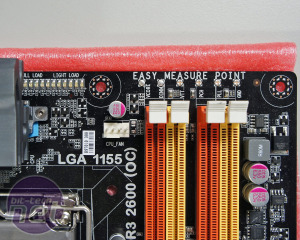
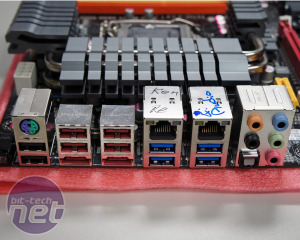
ECS is trying out some enthusiast features, although we hope there will be 'more' than just a simple solder joint
Right now we think the CPU socket uses a 10+3 power phase design, although we didn't have enough time with the board and a screwdriver for a proper inspection. At this early stage we're unsure whether the extra power hardware of this board is due to increased power demands from Sandy Bridge's uncore area or whether ECS has just gone to town with the power circuitry of this high-end motherboard.
On the board is also printed 'DDR3 2600 (OC)', but again, that will be changed to reflect the Intel limit of 2,133MHz, which, we suspect is also partly why there's only a single power phase attached to the four DDR3 slots.
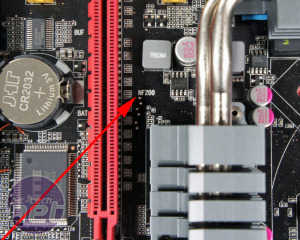
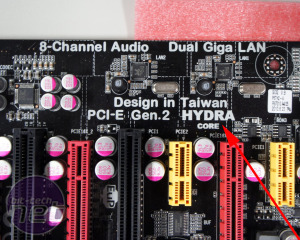
Despite currently using an Nvidia NF200 chipset, the final board revision will have Lucid's Hydra 200 chip instead
For the most part, the board features the usual array of goodies, including dual Realtek Gigabit Ethernet and Realtek 7.1 channel HD audio, as well as tweaker-friendly bits such as on-board power buttons, CPU load LEDs, simple voltage read-out points and debug LEDs.

MSI MPG Velox 100R Chassis Review
October 14 2021 | 15:04


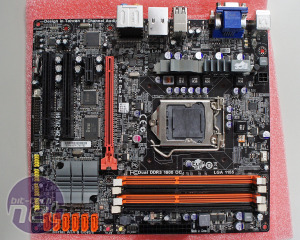
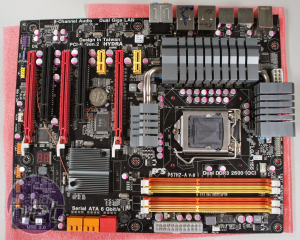







Want to comment? Please log in.